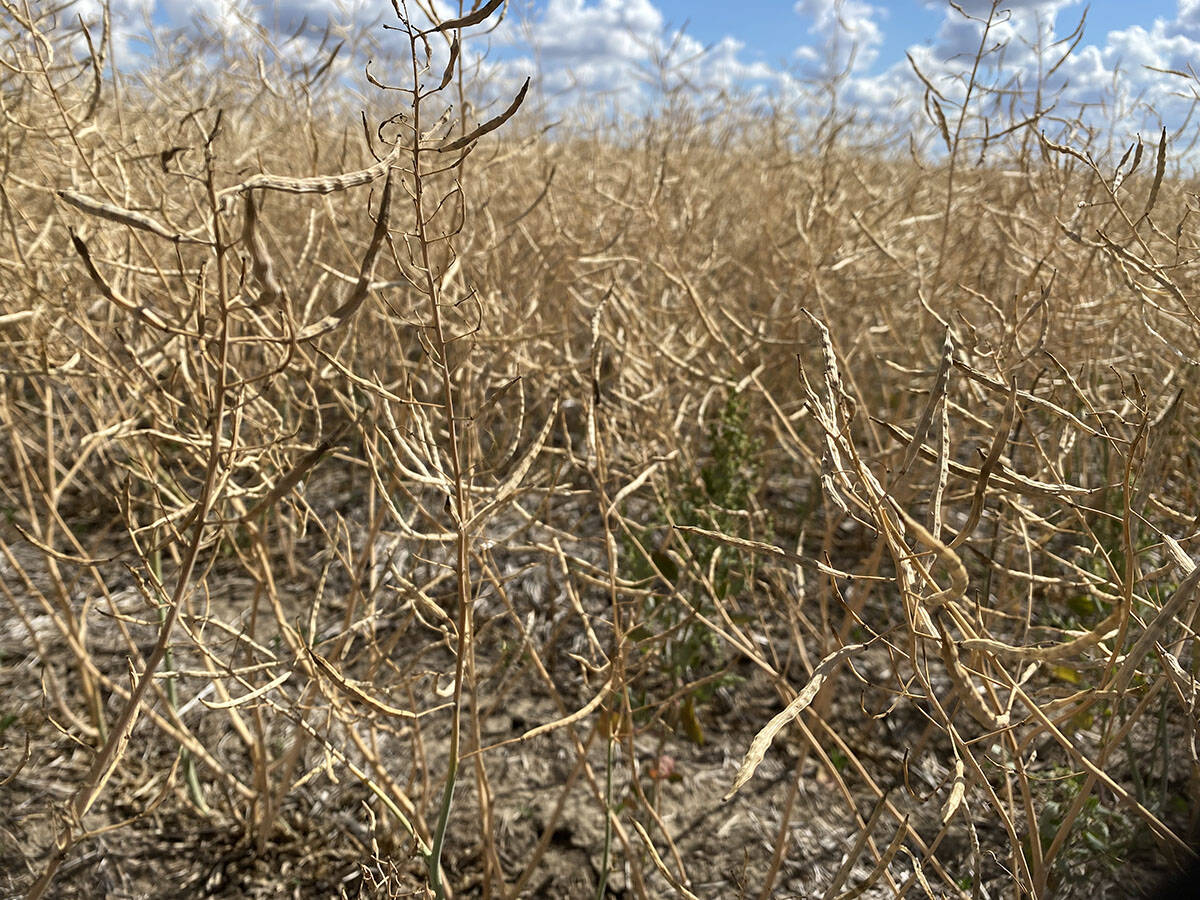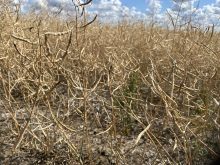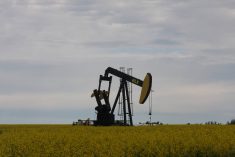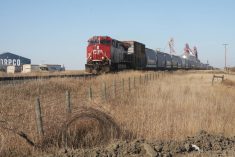McClinton farms near Yellow Grass, Sask.
Drought in ’97.
Flooded in ’98.
Too wet to seed in ’99.
Hail and flood in 2000.
Four consecutive crops, four consecutive crop failures. At this rate my combine will last for 30 years. It’s enough to make me question the wisdom of continuing farming, though.
My wife has started to read selections from the condos-for-sale listings in the Calgary Herald and the Regina Leader-Post out loud during Sunday breakfasts. I think she’s trying to hint at something.
Read Also

Crop insurance’s ability to help producers has its limitations
Farmers enrolled in crop insurance can do just as well financially when they have a horrible crop or no crop at all, compared to when they have a below average crop
Our climate seems to be changing. Southeastern Saskatchewan seems to be caught in the midst of a wet cycle.
The Regina Plains used to be a lake bottom and it seems as if it’s trying very hard to become one again. Hail, too, is becoming more common. Last week’s hailstorm means I will have had to replace my shingles twice in the past three years due to hail damage.
My worry is that the extreme weather fluctuations are becoming our normal weather pattern. If they are, I’m afraid low-lying land will become unfarmable.
I planted 220 acres of lentils and 80 acres of wheat on a half-section along the Moose Jaw Creek, west of Yellow Grass. I won’t harvest any of them. After they were hailed into the mud, an additional four inches of rain in the hills to the west caused the Moose Jaw Creek to flood.
As near as I can tell, some of my lentils are now under six feet of water. Crops can only die once but it sure seemed as if someone wanted to make really sure there were no escapes.
This weather makes me long for the good old days of the droughts of the 1980s. At least in a drought I could get my crop planted.
There is definitely something wrong with the farm economy, though, when my neighbors come up and congratulate me on my good fortune at having a hailstorm pound a bumper crop into the mud. With a good hailstorm and a respectable amount of insurance, even my spring wheat has the potential to provide a pretty good return.
Saskatchewan, they say, is next year country. It better be better because the last few have sure sucked. Farmers are die-hard optimists. If they didn’t believe that they were going to grow the best crop ever in the upcoming crop years, few would have the faith necessary to plant. It’s a matter of hope.
Last winter’s much publicized farm protests weren’t as much about lack of money as they were about loss of hope.
The year I truly believe farming is a complete waste of my time will be the year I quit.
Last weekend a family friend asked the big question: How come you are still farming after all those crop failures?
I was a bit embarrassed when I realized I didn’t really have a good answer. I don’t want to quit but I don’t really have a good reason to continue. I love the optimism of seeding but I’m getting very tired of the disappointment of harvest. I love the solitude of the tractor but find the stress of trying to outguess the market enough to cause ulcers. I love the gamble but abhor the rate of return. I find I still love to farm but have no rational explanation why.
For me the decision to farm or not to farm is not really about money. Last year I did quite well with the $50 per acre unseeded acreage coverage and this year gambling on extra hail insurance paid off. My off-farm income is enough to pay the bills and barring a complete uninsured disaster, I could probably keep going indefinitely. For me it’s not really a question of whether I continue, it’s more a question of why bother.
My wife’s vote is in. It’s time I get a cheaper hobby, she says, perhaps one that doesn’t screw up the summers so badly. Heli-skiing would be nice.















